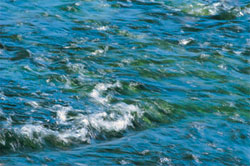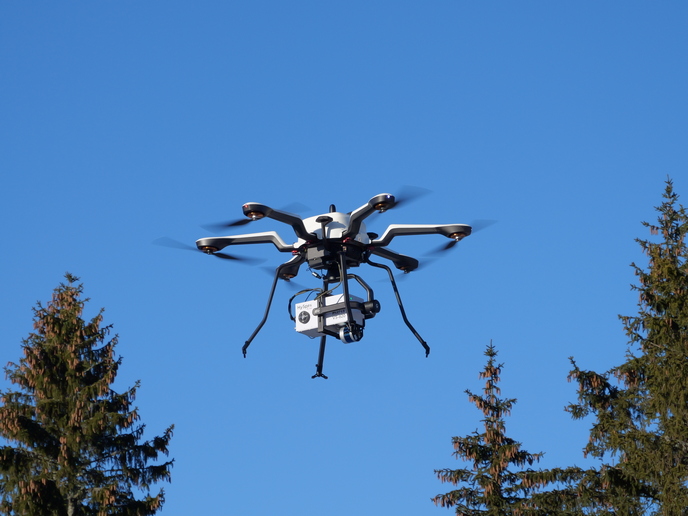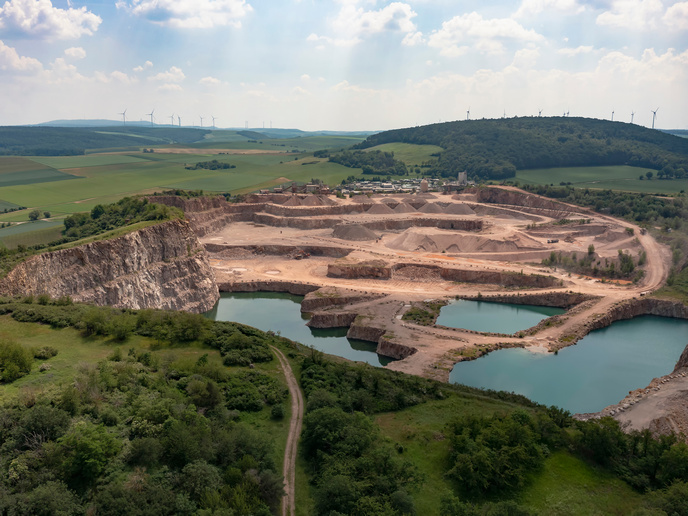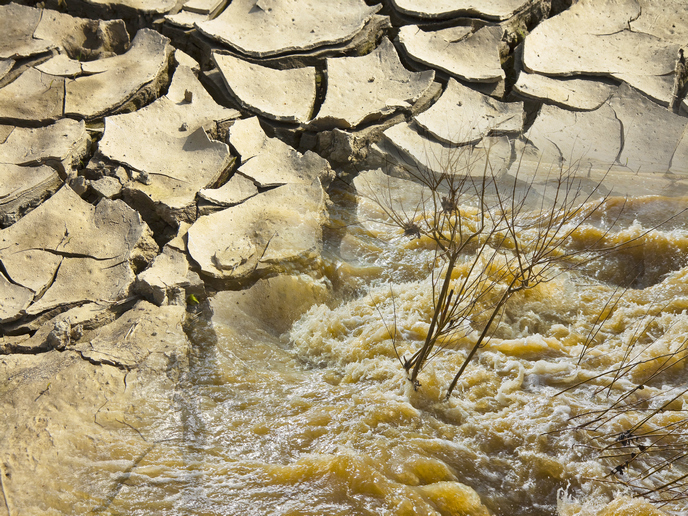For a rigorous assessment of water quality
According to the recent Water Policy Directive 2000/60/EC, heavy metals (Cu, Pb, Cd, Zn, Ni) and their compounds have been considered as potentially eco-unfriendly. Yet, current standards refer to absolute concentrations, which cannot establish a sound basis for prediction of environmental impact and regulation. To address this need, the BIOSPEC project focused on in-site metal speciation data for the comparison of sensors for accurate prediction of metal bio-uptake. More specifically, researchers worked on formulation of suitable speciation based parameters for heavy metals and offered tools that would enable routine measurements. Thereby, they developed a dynamic modelling software package for analytical studies of fluxes and currents towards a planar or spherical consuming interface. The user-friendly program can be used in medium with a homogeneous ligand or a mixture of ligands, for any ligand-to-metal ratio, under steady or unsteady conditions. The tool can offer fast and reliable analytical results for the flux, irrespectively of the number of many metal complexes, their dissociation and diffusion rates. An approximation of a more rigorous numerical solution can also be provided. The software package is suitable for researchers and end-users interested in adopting this dynamic approach to metal speciation analysis and bio-uptake. It is expected that it can provide valuable assistance in optimising the experimental design and the analysis of the results obtained.







